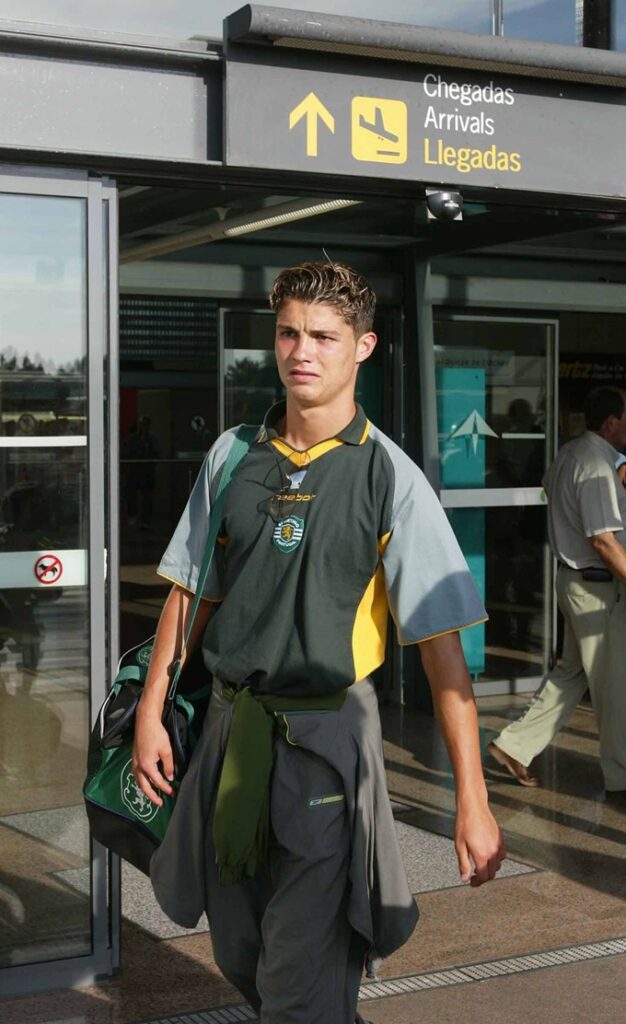The recently released book about Ronaldo by journalist Rui Miguel Tovar has revealed the hidden aspects of the Portuguese football star.
Rui Miguel Tovar is a renowned journalist and sports commentator in Portugal. He has published many popular works such as “The Emotional Dictionary of Football,” “Our Sporting Heroes,” and annuals about the three giants Sporting Lisbon, Benfica, and Porto.
Tovar’s latest book, “Ronaldo – The Missed Stories,” focuses on exploring the backstage life of the 38-year-old star. In it, Rui Miguel Tovar unveils stories from Ronaldo’s childhood that the public has never known.

Behind the image of a determined player rising to greatness is a fragile heart. Rui Miguel Tovar recounts that young Ronaldo was a wet-eyed boy who would cry openly. But what helped Ronaldo rise was turning tears into action. According to Tovar, every time he cried, Ronaldo became stronger and more resilient.
Let’s take a look at a summary of Ronaldo in Rui Miguel Tovar’s book:
“From childhood to Saudi Arabia, the journey begins right now. Cristiano Ronaldo was only 11 years old and was obsessed with competition. Whether playing football or table tennis, if he lost, he would cry. If the coach scolded him, he would cry. If teased, he would cry. But deep inside, the boy vowed to seek revenge, striving towards his goals. And he succeeded.
Ronaldo was teased for being weak and having a big mouth. Time and time again, the boy would end his day by calling his mother, someone he dearly missed. But stubbornness was always a characteristic of Ronaldo: that’s why he trained harder than others, why he ate two bowls of soup before each meal to “build muscles,” and before entering adolescence, he had already won championships.”